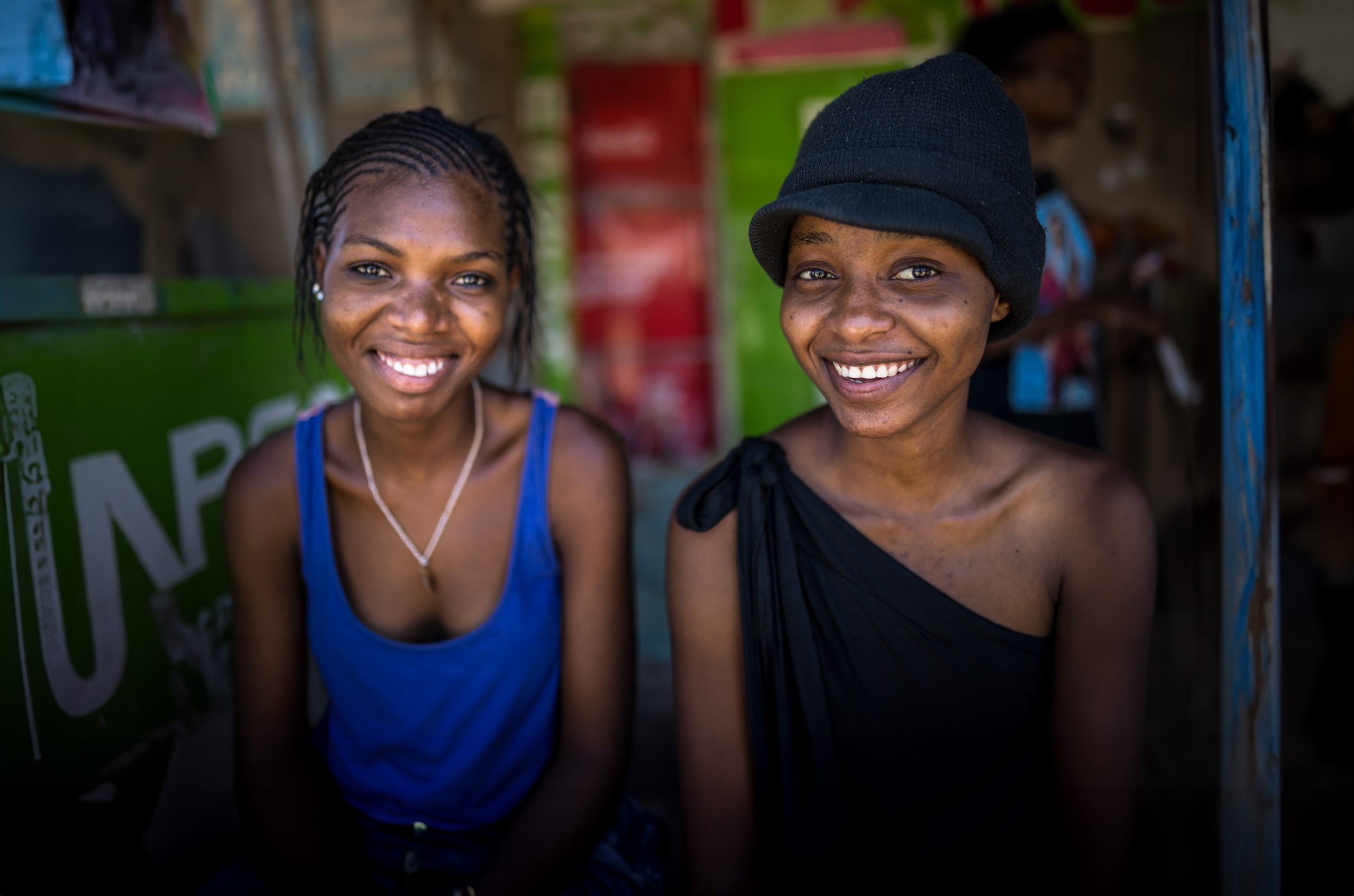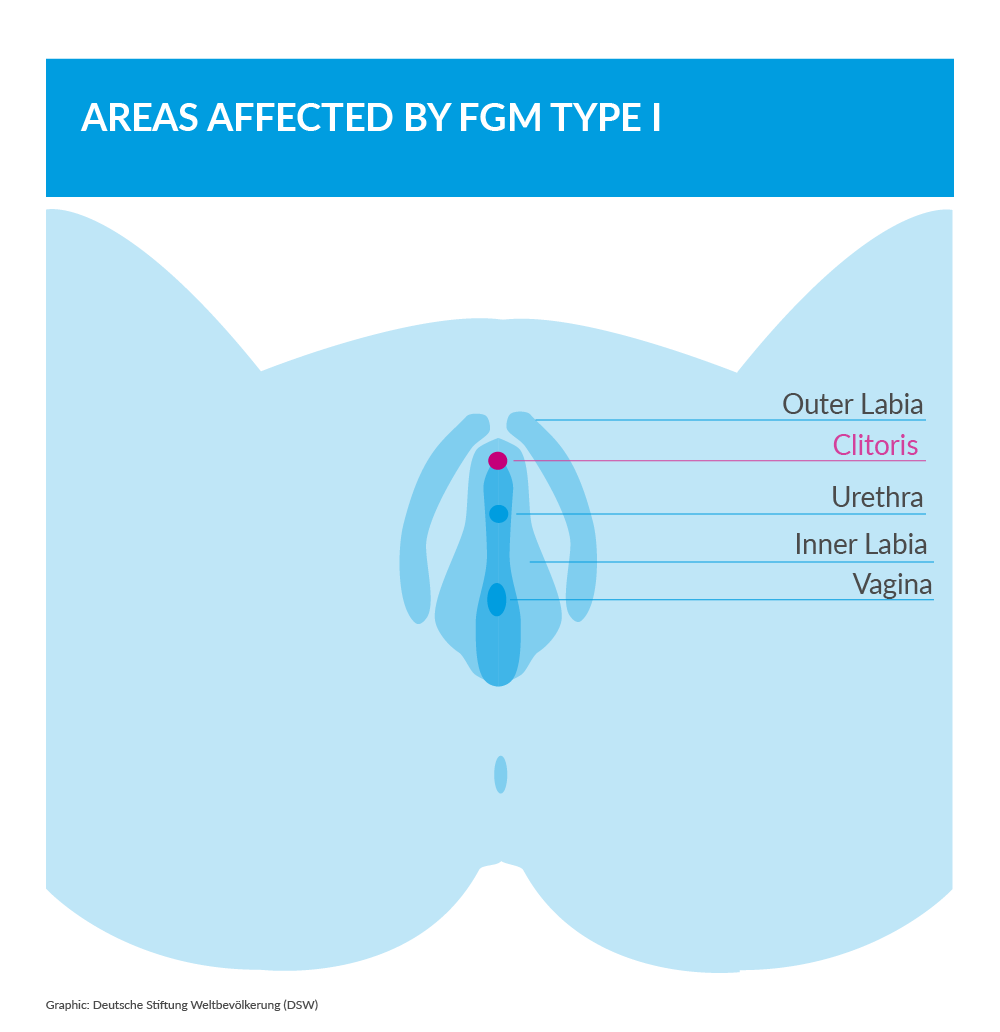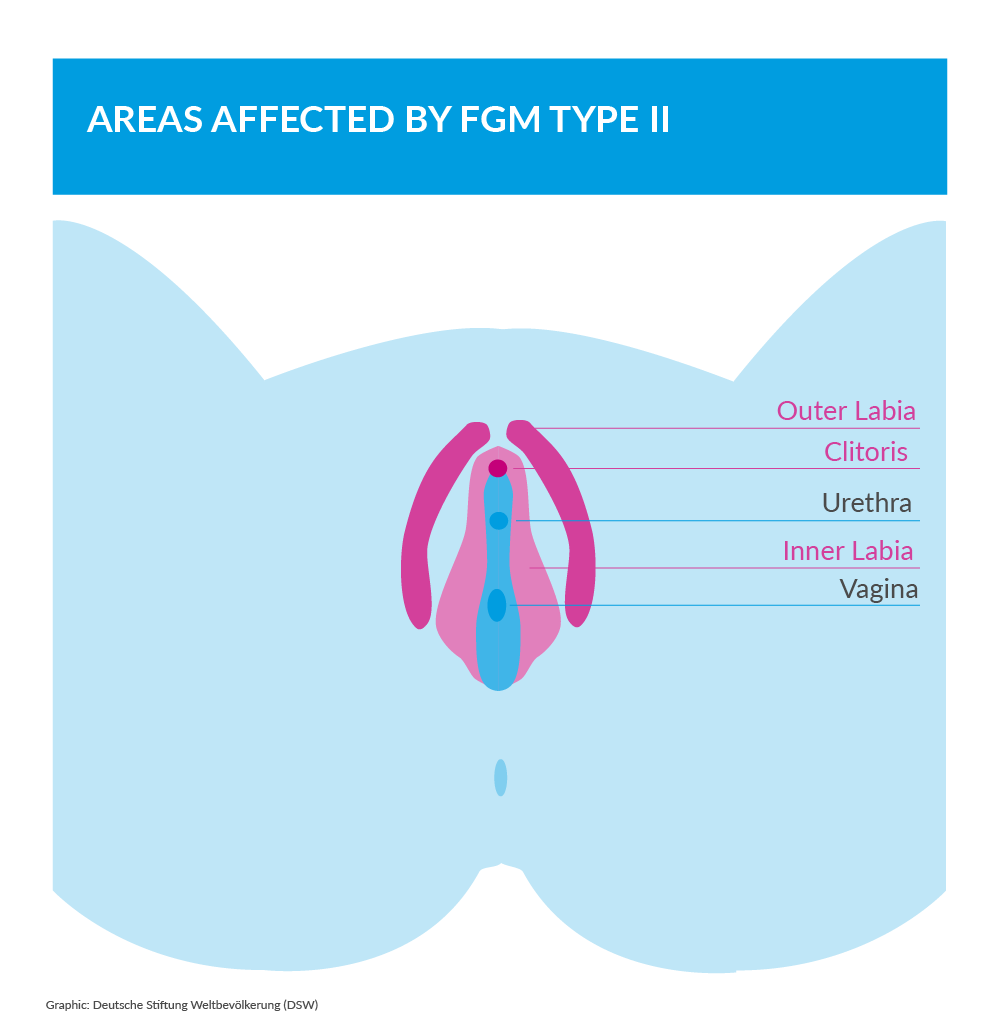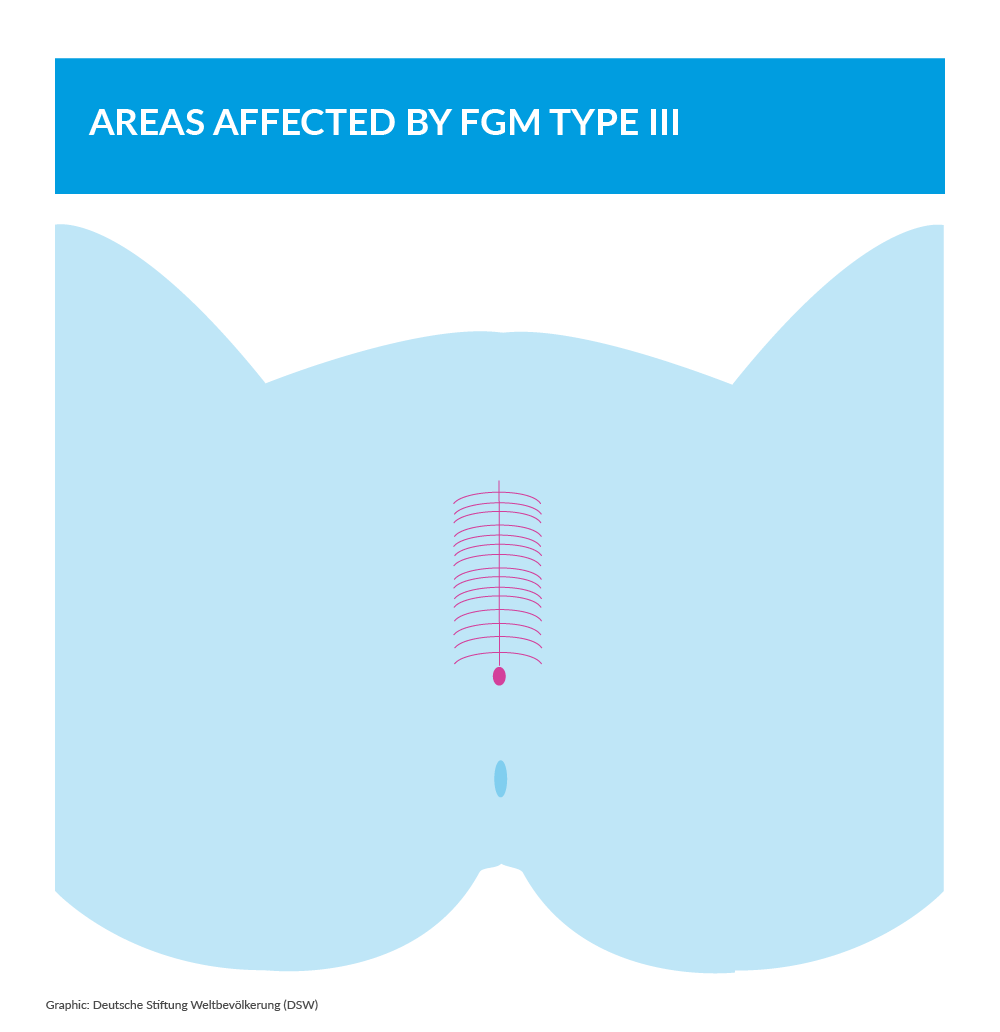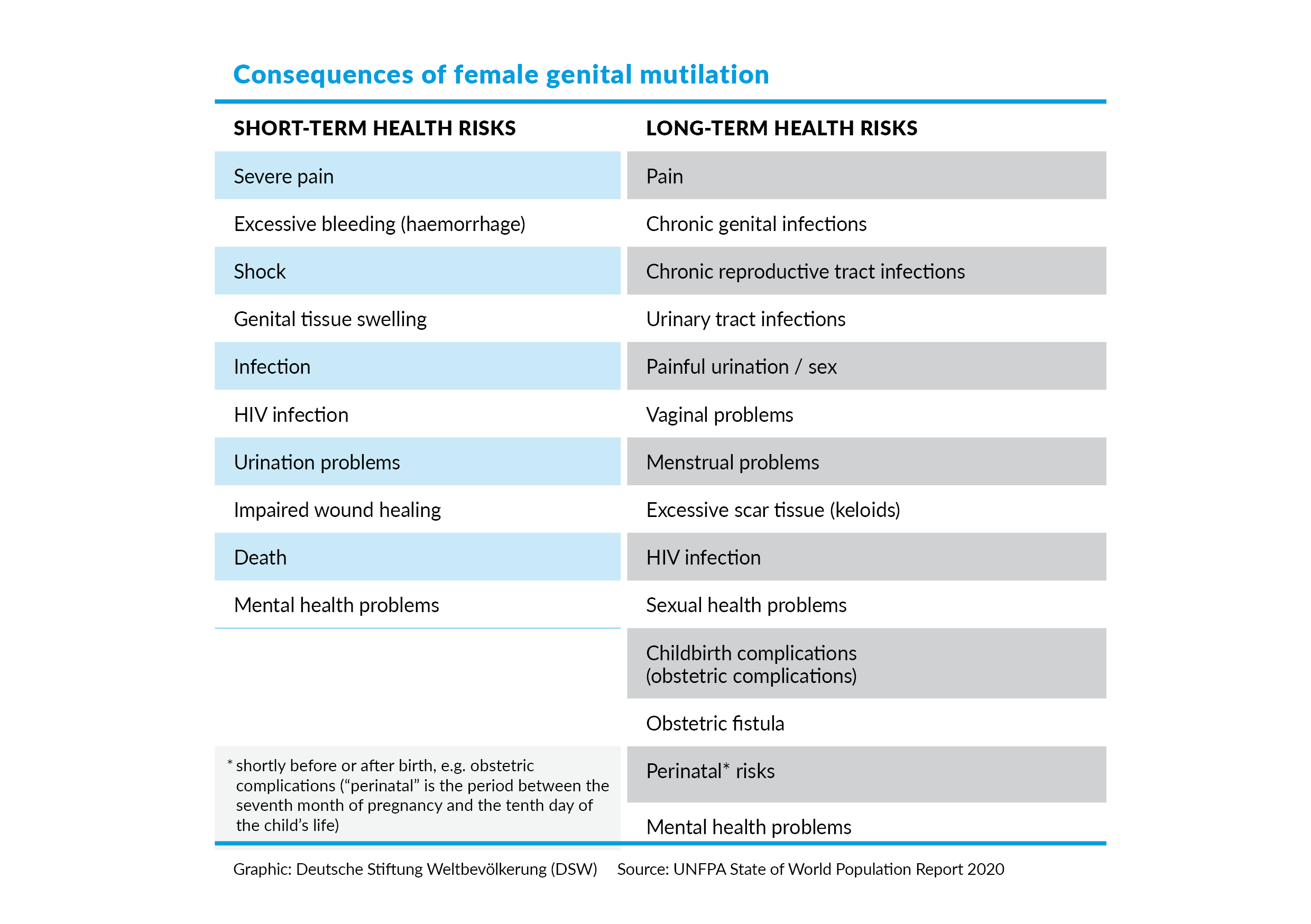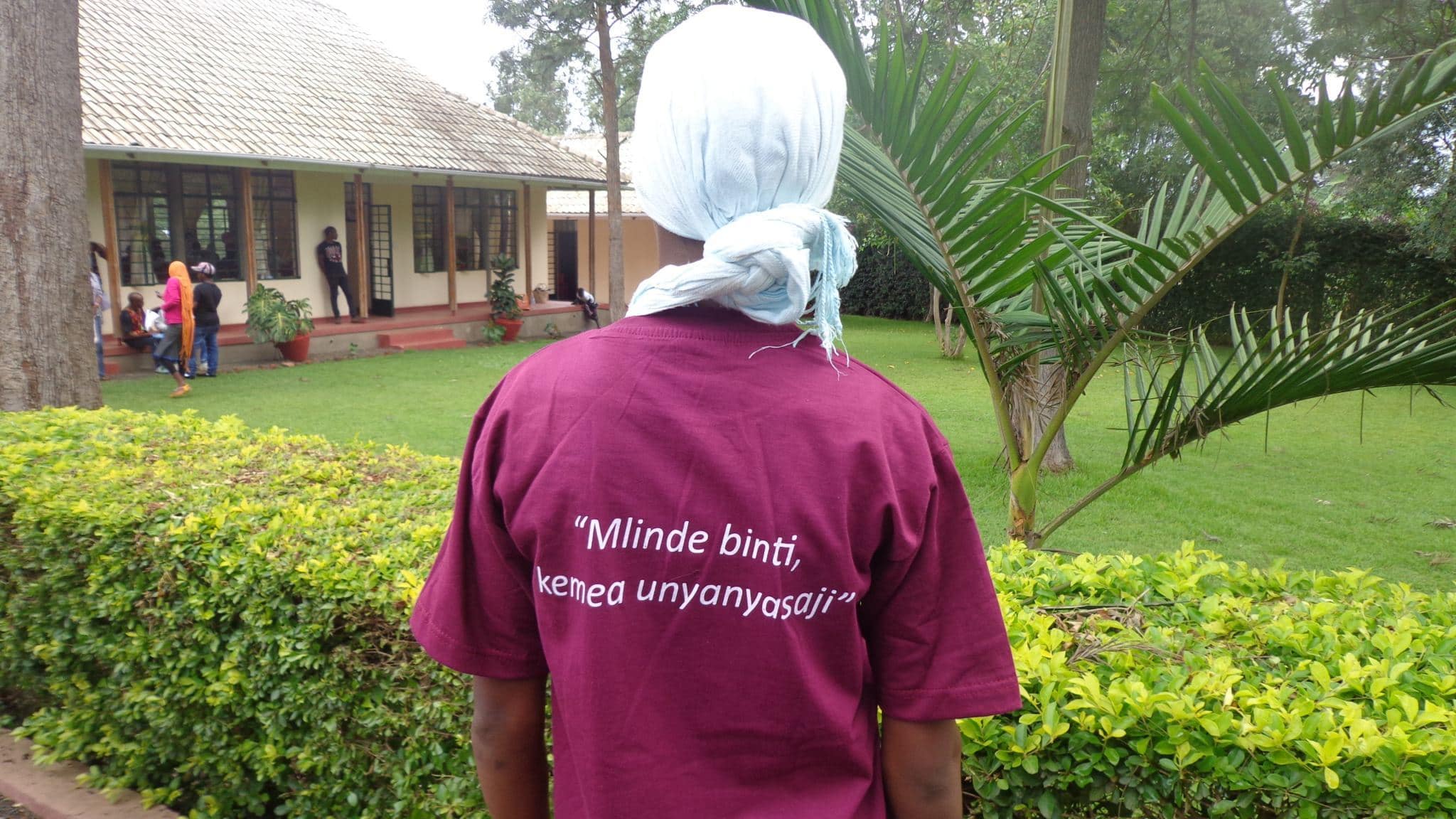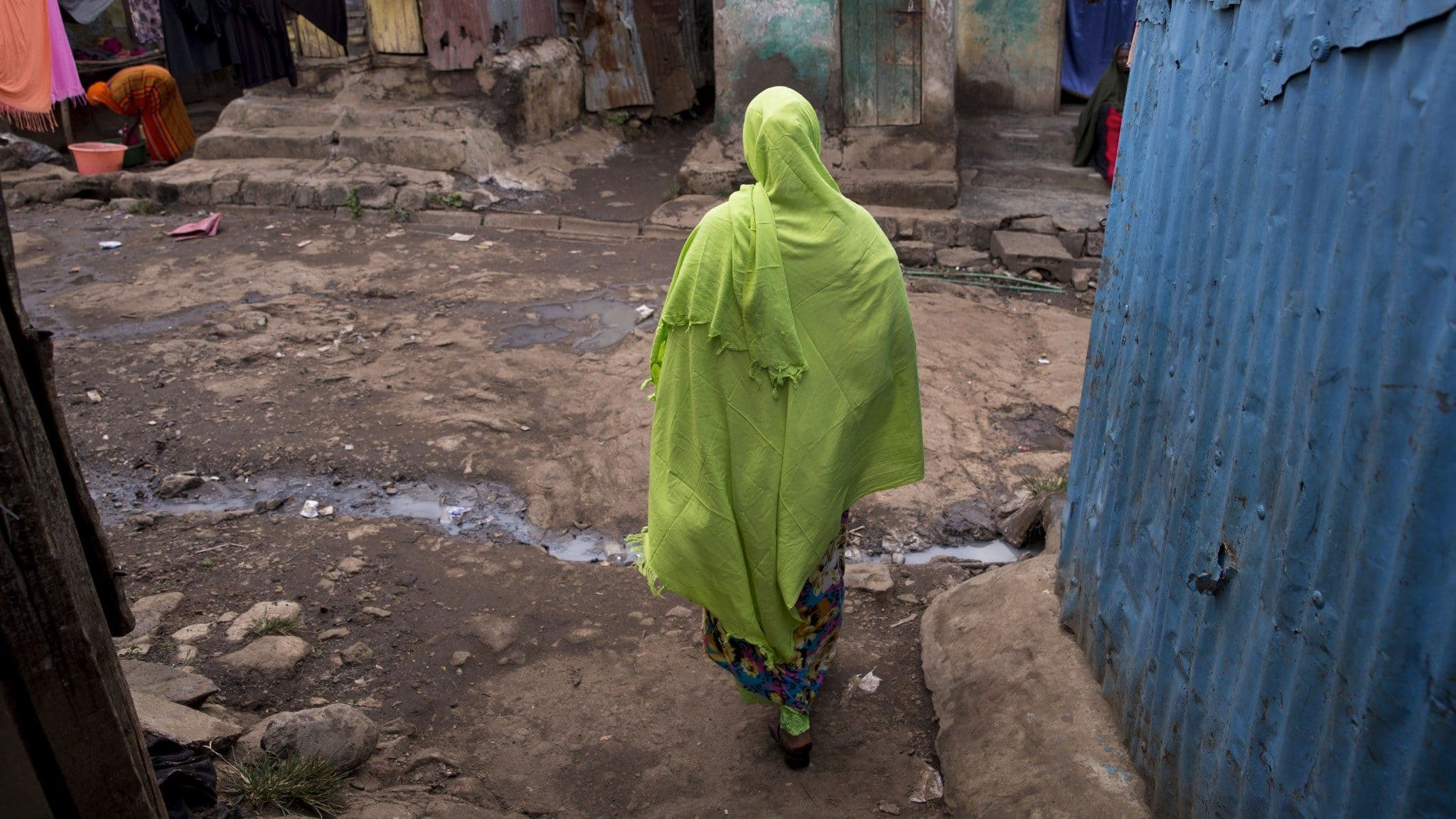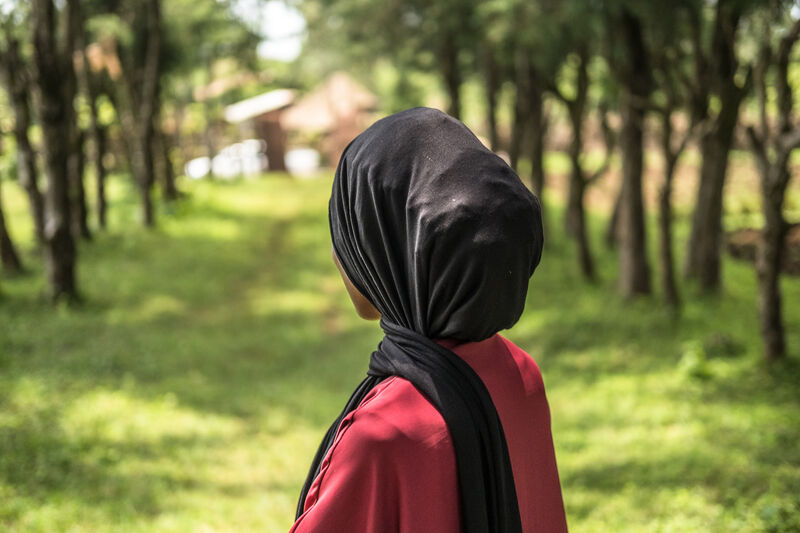
For a world without this harmful traditional practice
Female Genital Mutilation
Over 200 million women worldwide are affected by female genital mutilation (FGM). According to UNFPA’s 2020 State of World Population Report, which focuses on harmful practices, the number of girls and women who are subjected to FGM each year could rise from 4.1 million in 2020 to 4.6 million in 2030. The Covid-19 pandemic has exacerbated the problem, as harmful practices such as FGM and early marriage increase in times of crisis.
You are currently viewing a placeholder content from Youtube. To access the actual content, click the button below. Please note that doing so will share data with third-party providers.
More InformationTradition demands it
In order for a girl to be fully accepted into her community, she must undergo FGM. In some societies, girls “only” have their clitoral hood removed, in others they not only lose their clitoris and labia during the procedure, but often also their lives.
The current situation
200 million women and girls are affected by female genital mutilation (FGM) .
Girls and women who have undergone FGM often suffer for the rest of their lives, experiencing pain and lack of pleasure during sex, infertility, complications during pregnancy and childbirth, and trauma.
Three million more girls and women are affected by it each year.
Female genital mutilation is prohibited almost everywhere. Despite this, 8,000 girls are subjected to the cruel practice every day.
What is FGM?
Female genital mutilation (FGM) is the partial or complete removal of the external female genitalia for non-medical reasons. It is a medical-mechanical procedure that is rooted in the traditions of the communities that perform it. FGM can cause serious health problems and violates the human rights of women and girls. There are different types of FGM, all of which pose a serious threat to the physical and mental health of women and girls. According to UNFPA, although the overall proportion of girls and women affected by FGM is decreasing, the absolute number of girls and women subjected to the practice is increasing due to population growth.
FGM and other harmful practices reflect the fact that girls and women are not free to make decisions about their bodies and their lives. It is essential that the effects of these practices are openly discussed and that education is provided, particularly in the countries most affected. There needs to be greater awareness of how life-threatening and traumatising they are for girls and young women. It must also be made clear to men that female genital mutilation also destroys the basis for a healthy and fulfilling love relationship. Patriarchal structures can only be overcome by breaking the silence.
Consequences of female genital mutilation
The short-term consequences of female genital mutilation include severe pain, bleeding, infection and even death. Many suffer lifelong trauma, psychological problems, reduced pleasure during sex, infertility, childbirth complications and an increased risk of stillbirth. Interpersonal relationships are also affected by the consequences of FGM. The practice benefits nobody.
What we do
In addition to raising awareness about the effects of FGM, girls must be supported in finishing school instead of being married off at an early age. This will increase their chances of earning their own income as adults and leading a self-determined life.
Our aim is to inform and empower not only young people, but also as many stakeholders as possible, so that they can take an active role in promoting gender equality and combating harmful practices. This includes policy makers, religious leaders, teachers, as well as survivors and those at risk themselves.
